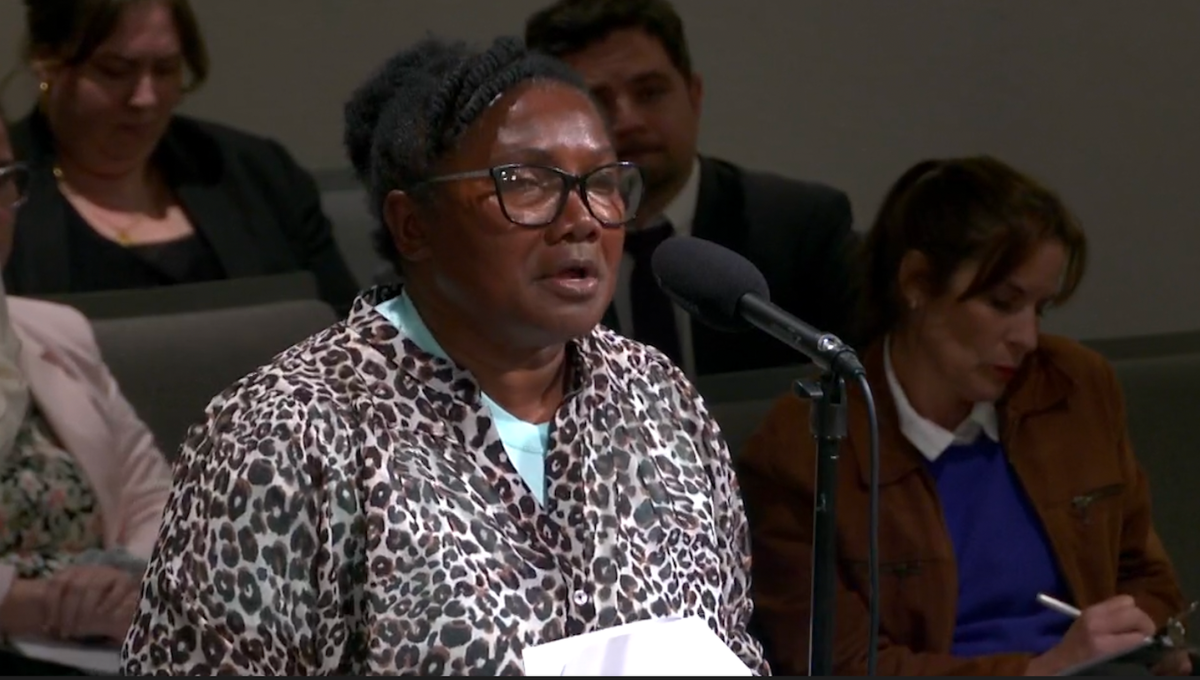Rising Rents, Not Enough Data: A new paper

Our housing crisis is shockingly opaque. We know we have a problem; housing is too expensive and thousands of people are living on the streets. But we don’t have all of the information we need to tackle this problem.
We don’t know exactly how much rents are rising in vulnerable communities. We don’t know if tenants and landlords are getting the tools and resources they need to get through hard times. We don’t know if all of our efforts to win good housing policy are helping the people who need the protection the most.
The Tenant Protection Act of 2019
In 2019, we passed the Tenant Protection Act in California, a historic policy that aims to protect renters from steep rent hikes and unjust evictions. With inflation at all-time highs, we need the protections of the Tenant Protection Act more than ever. Unfortunately, we don’t have the data or information to know if those protections are working.
Examining Today’s Rental Market
Our new paper, published in partnership with the Terner Center, explores the market dynamics pushing up rents across the state. Using a data set of rental listings from Zillow, we found that over 60% of California rental listings experienced increases in the double digits—on average $372 more a month than this time last year. Given these intense market pressures, we ask—what does this mean for the Tenant Protection Act of 2019 and the statewide rent cap it enacted?
These preliminary findings underscore the need for comprehensive, publicly-accessible data on rent so we can ensure that the laws we pass help the people who need them the most.
Rising Rents, Not enough data
Read the full paper from TechEquity and the Terner Center here.
Key Takeaways
The Statewide Tenant Protection Act of 2019 (AB1482) set a rent cap for many renters when they renew their leases. The cap outlined protections for moments of high inflation like the one we are experiencing right now. Unfortunately, there is no statewide data available to understand how that law is working for tenants. Instead, we examined what’s happening with inflation in the rental market by looking at annual price increases for rental listings.
Our analysis shows a stark reality for the rental market across the state—including that:
- 60% of rental listings posted this past spring had annual price increases that would be above the rate set by the statewide rent cap set by AB1482.
- Several major California metros, including inland communities such as Fresno, Bakersfield, and Riverside, saw a majority of units increase in price by more than the corresponding AB 1482 rent cap. San Diego led the way with three out of every four advertised rents appreciating annually by more than the rent cap.
- 46% of rental listings across California in 2022 increased at least 40% more than the upper bound allowed by AB 1482. Only 8% of units hit that threshold in 2019 when the bill was signed into law.
- These steep increases have implications for the average renter household, translating to monthly rents that are an average of $372 higher than just a year ago.
The data we collected doesn’t allow us to differentiate between households that are eligible for rent cap protections and those that are not. However, we found that intense price appreciation among advertised rental units demonstrates that there is likely rising market pressure that may impact households who are eligible for the statewide rent cap.
Want to Help?
We’re building a tool to ensure renters across California know their rights and have the support they need to stay in their homes. If you’re a front-end developer who wants to make this tool easy to use for millions of renters in California, join our civic tech team today!





